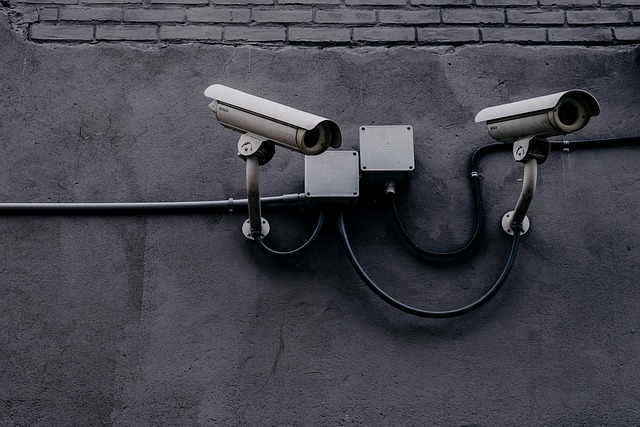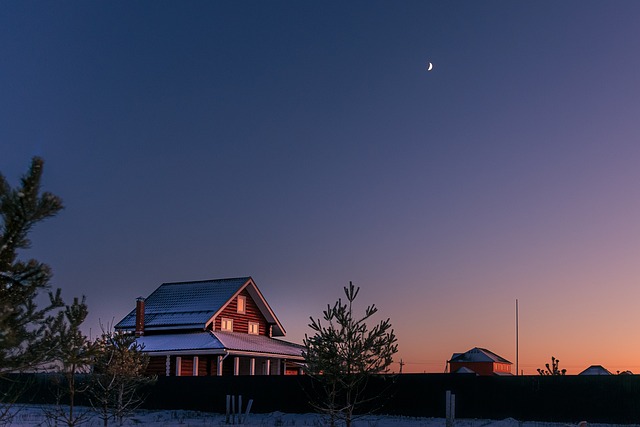Vintage properties require specialized security tailored to their age, architecture, and construction materials. Risk assessment identifies vulnerabilities like outdated systems and structural issues, prompting custom solutions including surveillance technology, smart home features, and reinforcement. Integrating advanced security without compromising historical integrity involves local consultation, legal adherence, and heritage preservation societies. "Security for older homes" is enhanced through these measures, balancing protection with the unique character of vintage structures.
Vintage properties offer a unique blend of charm and history, but they come with distinct security challenges. This article delves into the intricacies of securing these precious structures, exploring tailored strategies for historic homes. We examine understanding unique security needs, assessing risks in older homes, implementing specialized measures, integrating modern technology, and navigating legal aspects. Discover how to fortify these timeless treasures while preserving their character, ensuring peace of mind for owners of security for older homes.
- Understanding the Unique Security Challenges of Vintage Properties
- Assessing Risk: Identifying Potential Vulnerabilities in Older Homes
- Implementing Tailored Security Measures for Historical Structures
- Technology Integration: Modern Solutions for Classic Homes
- Community and Legal Considerations for Securing Vintage Real Estate
Understanding the Unique Security Challenges of Vintage Properties

Vintage properties, with their charming historical features and unique architecture, often present distinct security challenges that require tailored strategies. As these homes age, they may develop vulnerabilities that modern structures lack. Older electrical systems, for instance, could be outdated and prone to failure or hacking, while original locks might not meet contemporary security standards. Moreover, the materials used in construction can vary widely, affecting potential weaknesses; a brick exterior, for example, might conceal hidden structural issues or access points.
Understanding these unique aspects is crucial when crafting security plans for such properties. It involves a meticulous inspection to identify vulnerabilities and determine the best course of action. This may include upgrading mechanical systems, reinforcing structures, installing modern surveillance technology, and employing smart home solutions. Customizing the security approach ensures that the property’s historical integrity remains intact while providing comprehensive protection for owners and their belongings.
Assessing Risk: Identifying Potential Vulnerabilities in Older Homes

Assessing risk is a crucial step in developing custom plans for securing vintage properties, particularly older homes. These dwellings, while steeped in character, often come with unique challenges and potential vulnerabilities that require careful consideration. Through thorough inspections, professionals can identify issues such as outdated electrical systems, faulty plumbing, weak structural components, or lack of modern security features like fire alarms and intrusion detection systems.
Understanding these vulnerabilities is essential for tailoring effective security measures. For instance, older homes may have larger areas to cover, requiring a more comprehensive surveillance system. Additionally, historical properties often boast intricate architecture and unique materials that necessitate specialized security solutions to maintain their integrity while ensuring the safety of occupants.
Implementing Tailored Security Measures for Historical Structures

Vintage properties, with their unique architectural charm and historical significance, require specialized consideration when it comes to security. Implementing tailored security measures for these older homes involves a nuanced approach that respects both the building’s age and its value as a cultural treasure. A comprehensive strategy should integrate discreet yet advanced technology, such as smart sensors and surveillance systems, designed to blend seamlessly with the property’s aesthetic while providing robust protection.
By assessing each structure’s individual needs, security professionals can develop custom plans that account for factors like vulnerable entry points, potential risks, and specific historical preservation requirements. This personalized approach ensures that security enhancements are both effective and sensitive to the property’s character, allowing owners to enjoy enhanced safety without compromising the integrity of these invaluable historical structures.
Technology Integration: Modern Solutions for Classic Homes

In today’s digital era, securing vintage properties doesn’t mean sacrificing modern solutions. Technology integration offers innovative ways to protect classic homes while preserving their timeless charm. Smart home security systems, for instance, can transform an older residence into a high-tech fortress. Motion sensors, surveillance cameras, and automated locking mechanisms can be seamlessly integrated without disrupting the historical integrity of the property. These advanced technologies provide peace of mind, allowing homeowners to monitor their vintage abode from anywhere using smartphone apps.
Furthermore, modern security systems for older homes can leverage AI and machine learning algorithms to recognize familiar patterns, differentiate between residents and intruders, and adapt to changing routines. This intelligent approach ensures that the security measures remain effective yet unobtrusive, enhancing the overall comfort and safety of those living in these treasured properties without compromising their unique character.
Community and Legal Considerations for Securing Vintage Real Estate

Securing vintage properties comes with a unique set of challenges, especially in terms of community and legal considerations. As these historic structures often hold cultural significance, any plan for enhancing their security must balance preservation with protection. Local communities may have specific guidelines or historical societies that oversee such buildings, requiring involvement and consultation to ensure proposed security measures are in line with these regulations.
Legal aspects play a crucial role as well. Older homes might have unique construction features or materials that necessitate specialized security solutions. Additionally, property owners must adhere to local building codes, zoning laws, and heritage protection acts. Engaging professionals who understand both the historical context and legal requirements is essential for implementing effective yet compliant security plans for these vintage real estate assets.
Securing vintage properties requires a nuanced approach that acknowledges their unique historical value while addressing modern security challenges. By understanding the specific risks, implementing tailored measures, integrating technology, and considering legal and community aspects, homeowners can effectively protect these cherished structures without compromising their integrity. Adopting custom plans for security in older homes ensures both their longevity and safety in today’s world.
